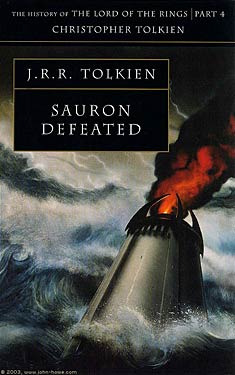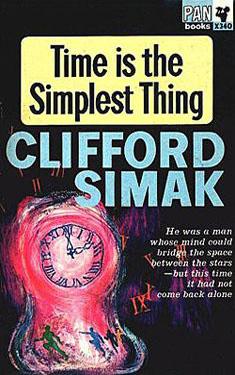JRR Tolkien
Completed 9/28/2019,
Reviewed 9/29/2019
3 stars
I have to admit
book nine is the first History of Middle Earth (HoME) book that I haven’t
finished. I read about 385 pages out of
about 440. The last fifty odd pages were
very dry, almost textbook-ish, reading.
I skimmed through it and got the general idea of what it was about. In general, the book was very dry compared to
the other books in the series. It was in
three parts: the conclusion of The Lord of the Rings, the Norton Club Papers,
and the Fall of Numenor. The Norton Club
Papers was particularly difficult to read, it being different than anything
else Tolkien or his son Christopher published so far. Thank goodness for the Tolkien Professor’s
podcast on this book. While I haven’t
finished all seventeen episodes yet, it really helped me a lot in understanding
the Norton Club papers. I found the
majority of the book to be dry and not as interesting as the first eight in the
series. Even though I’ve been a big
fanboy of these books, this one nearly had me stopped in my tracks.
The Tolkien
Professor is Corey Olsen, founder of Mythgard Institute and Signum University
which is on its way to becoming an accredited on-line institution of learning
of Tolkien studies, Anglo-Saxon and Norse studies, and Fantasy and Science
Fiction. His excitement for and
knowledge of these HoME books made the reading of this book much more
tolerable. He does textual analysis of
these books as well as other science fiction and fantasy novels as part of his
free Mythgard Academy. The podcasts are also
available on youtube or you can login to his live shows and follow along each
week. These podcasts have made reading
the HoME series very enjoyable.
The first
part of this book was the last of the History of The Lord of the Rings. You can tell it was the ending because most
of the documents were very similar to the published LOTR. There were only some minor differences. I found the most interesting part to be an
epilogue which was never published. It features
Sam with his children, finishing the red book and recapping everyone’s lives up
to that point. It’s a very sweet story
and would have been an interesting though not quite as dramatic conclusion to
LOTR.
The next section
is the Norton Club Papers. It is a thinly
disguised take on the Inklings, the little society of Oxford professors which included
Tolkien and CS Lewis, who met and read each other’s writings and offered support
and academic criticism. This Club first has
a conversation about Lewis’ Space series, particularly the second book,
Perelandra, and the problems with space travel.
The conversation then moves into time travel through dreams and the
strange communications members of the group seem to be receiving from a distant
past. This past concerns Numenor, the
island where Men lived between Middle Earth and the undying lands. The group members are getting information as
well as language details.
The last
section of the book reviews the fall of Numenor, which is an extension of the Norton
Club Papers. It begins with the creation
of Numenor, the emigration of Men to it, the coming of Sauron to taint the
goodness of the place, followed by its Atlantean destruction. It’s very interesting at first, but Christopher
Tolkien gives three different texts of the story, each with more detail,
followed by a fourth which just contains lines in the third text that were
changed. It’s then followed by analysis
of the documents and lastly, one member of the Norton Club’s writings of the
languages of Numenor he received in his dreams.
This was the part of the book where I stopped reading. The writings about the languages were simply
too dry and complicated for me to follow with any semblance of understanding. I am looking forward to Corey Olsen’s
lectures on that section to better appreciate it. As much as I love learning about languages,
this section was the driest of the book.
I give this
book only three stars out of five. It’s
jam-packed with information, but I found it not as interesting as the first
eight. The section concluding the LOTR
did not have the magic of the first books, where Frodo was named Bingo and
Aragorn was a wooden shoe wearing Hobbit named Trotter. I found the Norton Club Papers to be very
complex, with too many professors to really follow the conversation well. A literary
mystery examined by a group of Oxford dons may sound like fun, but I found it
simply to be very tough to follow. And
lastly, the multiple drafts of the Numenorean story became boring quickly. I still have three more books to go in the HoME
series and I hope that they are more interesting than this one was.



